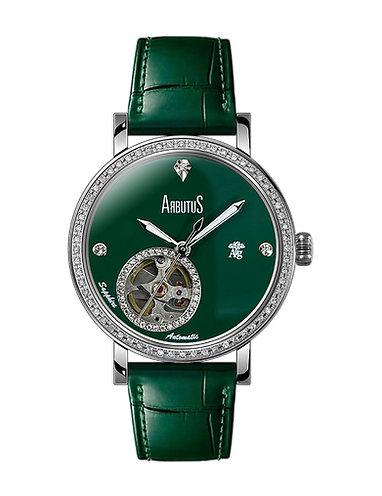The Dance of Time: Tracing the Evolution of Automatic Movements

From Springs to Self-Winding: A Historical Dive into Automatic Watches
Automatic or self-winding watches have been the crown jewel of horological innovation. They embody a perfect blend of human craftsmanship and the relentless march of technology. But where did this intricate mechanism originate, and how has it evolved over time?
The Beginnings of Self-Winding
The concept of automatic movements is as old as the hills of watchmaking. According to an article on Hodinkee, the origin can be traced back to 1777 with the pioneering designs of Abraham-Louis Perrelet. This was a time when the idea of a watch winding itself was nothing short of revolutionary.
How Does it Tick?
In essence, an automatic movement operates without the need for manual winding, provided it's worn regularly. The wearer's arm motion powers a rotor, a semi-circular piece of metal. This rotor, in turn, winds the mainspring, supplying the energy required to run the watch. This efficient harnessing of energy translates to increased convenience, as highlighted by WatchTime, which emphasizes how the innovation reduced the need for frequent winding.
Modern-Day Marvels and Innovations
Today, automatic movements are more than just functional; they represent the epitome of luxury, precision, and technological advancement. Brands continually push boundaries, integrating features like longer power reserves, intricate complications, and enhanced durability.
Arbutus, for instance, with watches like the Manhattan AR1903, brings forth a seamless blend of tradition and modern-day refinement in their automatic timepieces. This not only speaks to their craftsmanship but also to their appreciation of horological history.
In Conclusion: The Timeless Charm of Automatics
The evolution of automatic movements from its nascent stages to contemporary marvels is a testament to humanity's quest for perfection. It's a dance of gears, springs, and innovation that ensures the relentless ticking of time, beautifully marrying function with artistry.
References:
- "A Brief History of the Automatic Watch." Hodinkee, 2016.
- "The Intricacies of Automatic Watch Movements." WatchTime, 2017.


